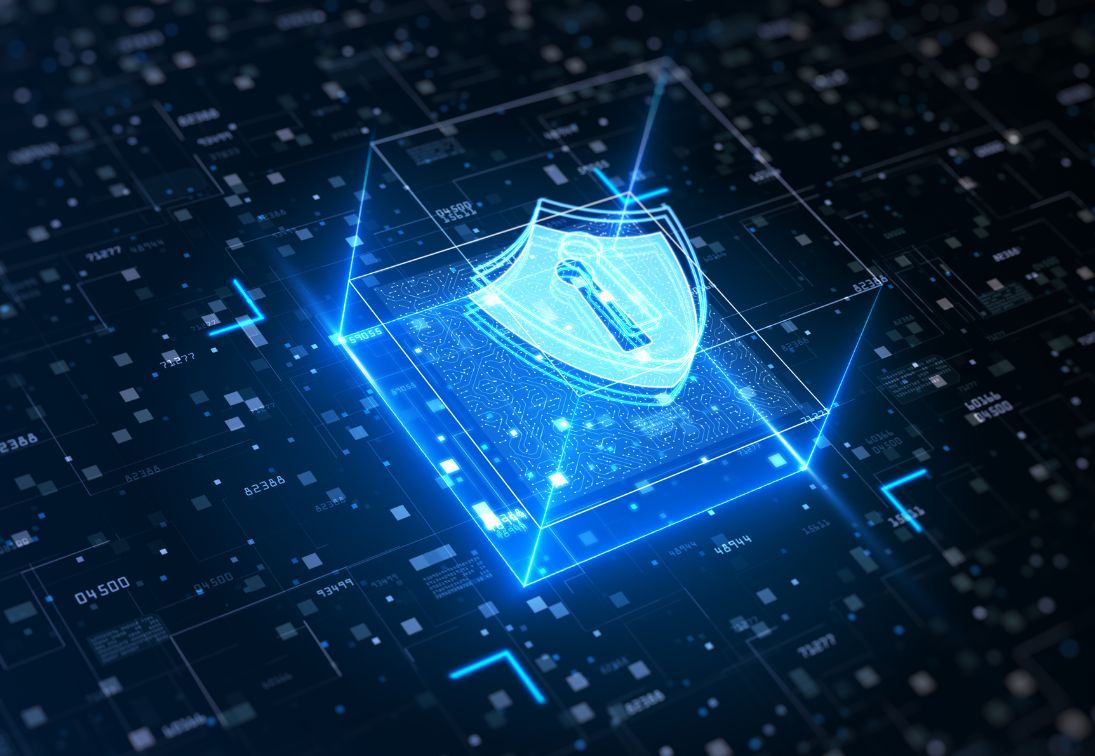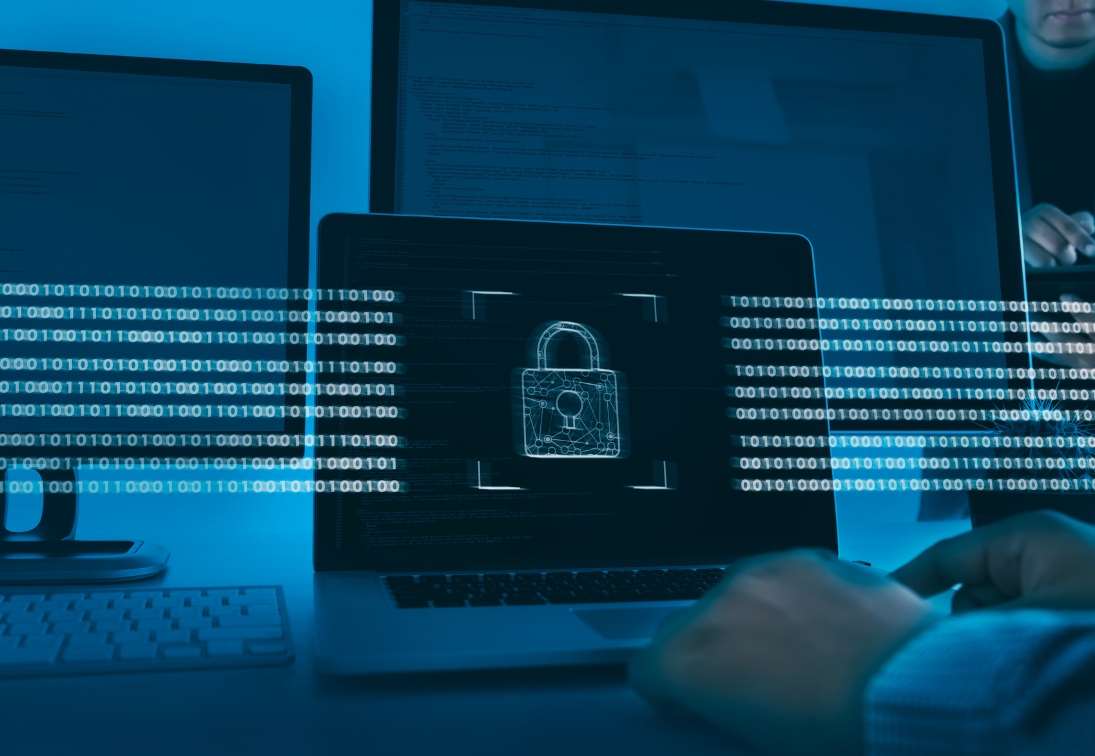Remote Work Security and BYOD: Introduction
The shift to remote work and the rise of BYOD (Bring Your Own Device) have created significant security challenges for organizations. Employees access corporate systems from personal devices, sometimes over unsecured networks, which expands the attack surface and increases the risk of data breaches and cyber threats.
How can businesses ensure secure access to corporate information, prevent data leaks, and mitigate security risks in a distributed work environment? In this article, we will review key challenges and advanced solutions for protecting organizational assets in the era of hybrid work.
Securing Remote Work and BYOD: Key Security Challenges
1. Securing remote access to corporate networks
The challenge: Employees connect from personal devices and unsecured public networks, making it easy for attackers to intercept information.
The solution:
- Deploy a VPN with advanced encryption to protect communications.
- Application (ZTNA) Zero Trust Network Access To grant access based on identity rather than network location.
- Using Software Defined Perimeter (SDP) to separate critical resources from direct internet exposure.
2. Protecting personal devices (BYOD security)
The challenge: Personal devices often lack enterprise-level security protections, making them vulnerable to malware and unauthorized access.
The solution:
- Using MDM (Mobile Device Management) to remotely monitor and control employee devices.
- Deploying EDR (Endpoint Detection & Response) solutions to identify suspicious activity on employee devices.
- Enforcing data separation (Containerization) to maintain separation between personal and business information on BYOD devices.
3. Preventing phishing and social engineering attacks
The challenge: Remote workers are more vulnerable to sophisticated phishing attacks (Spear Phishing) that simulate internal organizational communications.
The solution:
- Enforce multi-factor authentication (MFA) for all critical services.
- Deploying Email Security Gateways to filter phishing attempts.
- Conducting periodic phishing simulations to train employees in identifying threats.
4. Ensuring employee privacy and protecting sensitive information
The challenge: Using private devices increases the risk of information leaks and mixing personal and corporate data.
The solution:
- Implementing data loss prevention (DLP) solutions to prevent the leakage of sensitive information.
- Enforce data segregation policies to prevent unauthorized use of business files on personal devices.
- Use end-to-end encryption for documents and corporate communications.
Advanced Solutions for Securing a Hybrid Work Environment
1. Implementing a Zero Trust security model
Zero Trust ensures that every access request is checked and verified instead of relying on traditional network security.
- ZTNA vs. VPN – Identity-based access instead of traditional network perimeter security.
- IAM (Identity & Access Management) – Identity management with role-based access controls (RBAC).
2. Artificial intelligence-based threat detection for anomalous behavior
User and Entity Behavior Analytics (UEBA) enables the identification of suspicious communication patterns and insider threats in real time.
- SIEM + SOAR Integration – Combining Security Event Management (SIEM) with Automated Threat Response (SOAR).
3. Securing communication and collaboration tools
Using enterprise-grade communication platforms
- Microsoft Teams, Slack Enterprise Grid, and Zoom for Government.
- Encrypt sensitive messages and files using TLS 1.3 and PGP encryption.
4. Implementing Role-Based Access Control (RBAC) and Cloud Security
- Restrict access based on user role instead of device location.
- Using CIEM (Cloud Infrastructure Entitlement Management) to manage access permissions to cloud services.
Summary: How to implement remote work and BYOD security effectively?
- Implementing Zero Trust and ZTNA to ensure secure remote access.
- Strengthen BYOD security with MDM and EDR.
- Deployment of phishing protection mechanisms and information security training for employees.
- Using encryption and DLP solutions to prevent data leaks.
- Utilizing artificial intelligence to identify threats in real time.
Remote Work and BYOD Security: Conclusion
As organizations Adopting a distributed work model, they must adopt a proactive approach to information security and combine Smart solutions to protect access, devices, and data In a hybrid work environment.
Cybersecurity and IT – Two Words, One Solution












